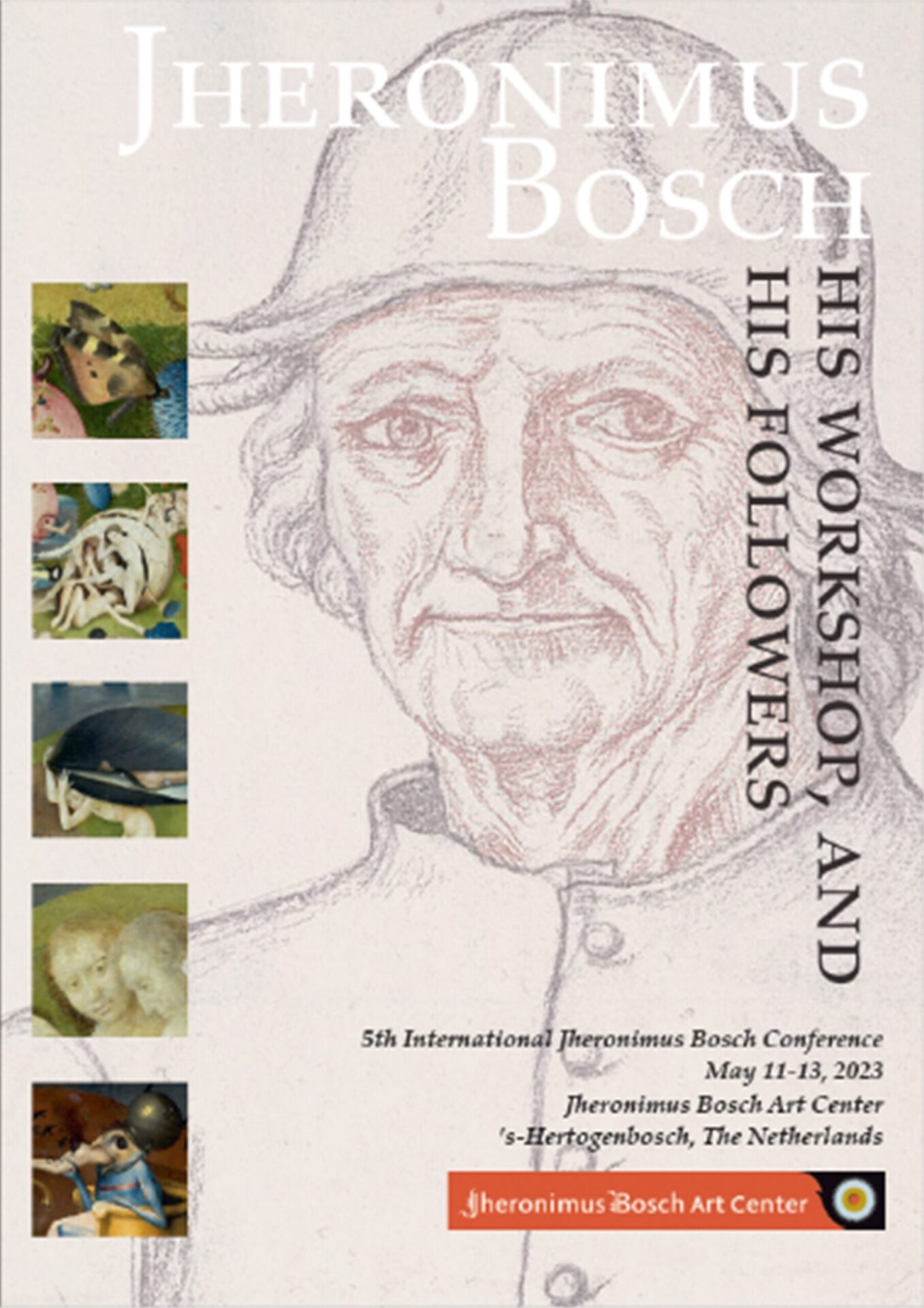
Van Wamel 2023
“Filling the void. Copies of Bosch’s Ecce Homo” (Marieke van Wamel) 2023
[in: Jos Koldeweij and Willeke Cornelissen (eds.), Jheronimus Bosch – His Workshop and His Followers – 5th International Jheronimus Bosch Conference, May 11-13, 2023, Jheronimus Bosch Art Center, ’s-Hertogenbosch, The Netherlands. Jheronimus Bosch Art Center, ’s-Hertogenbosch, 2023, pp. 400-415]
Van Wamel first focuses on the copy of Bosch’s Ecce Homo panel (Frankfurt am Main) that was formerly in the Belgian Van Cuyck collection and is in an Antwerp private collection today. Based on dendrochronological research, she argues that this copy can probably be dated to the second quarter or middle of the sixteenth century. The Antwerp copy can be used as a terminus ante quem for the overpainting of the devotional portraits on the Frankfurt original, meaning that these portraits were probably removed well before the middle of the sixteenth century (relatively early in the history of the painting), but not by Bosch himself. Why else would he have left the inscription salva nos xpiste redemptor untouched?
In 1927 The Burlington Magazine published a black and white photograph of another Ecce Homo copy that for now has not resurfaced. In this copy, the absence of the portraits leaves the composition unbalanced, with only a brick wall filling the space in the lower left. In the lower left of the Ecce Homo copy in the Amsterdam Rijksmuseum, we see a prisoner behind bars. In 1980 Gerd Unverfehrt argued that the painter of the copy filled the gap with the so-called ‘Barabbas motif’. According to Van Wamel, this motif was added later, around 1600. By then, this ‘Barabbas motif’ had become a popular part of the visual tradition of the ‘Ecce Homo’ scene.
[explicit May 29, 2024 – Eric De Bruyn]